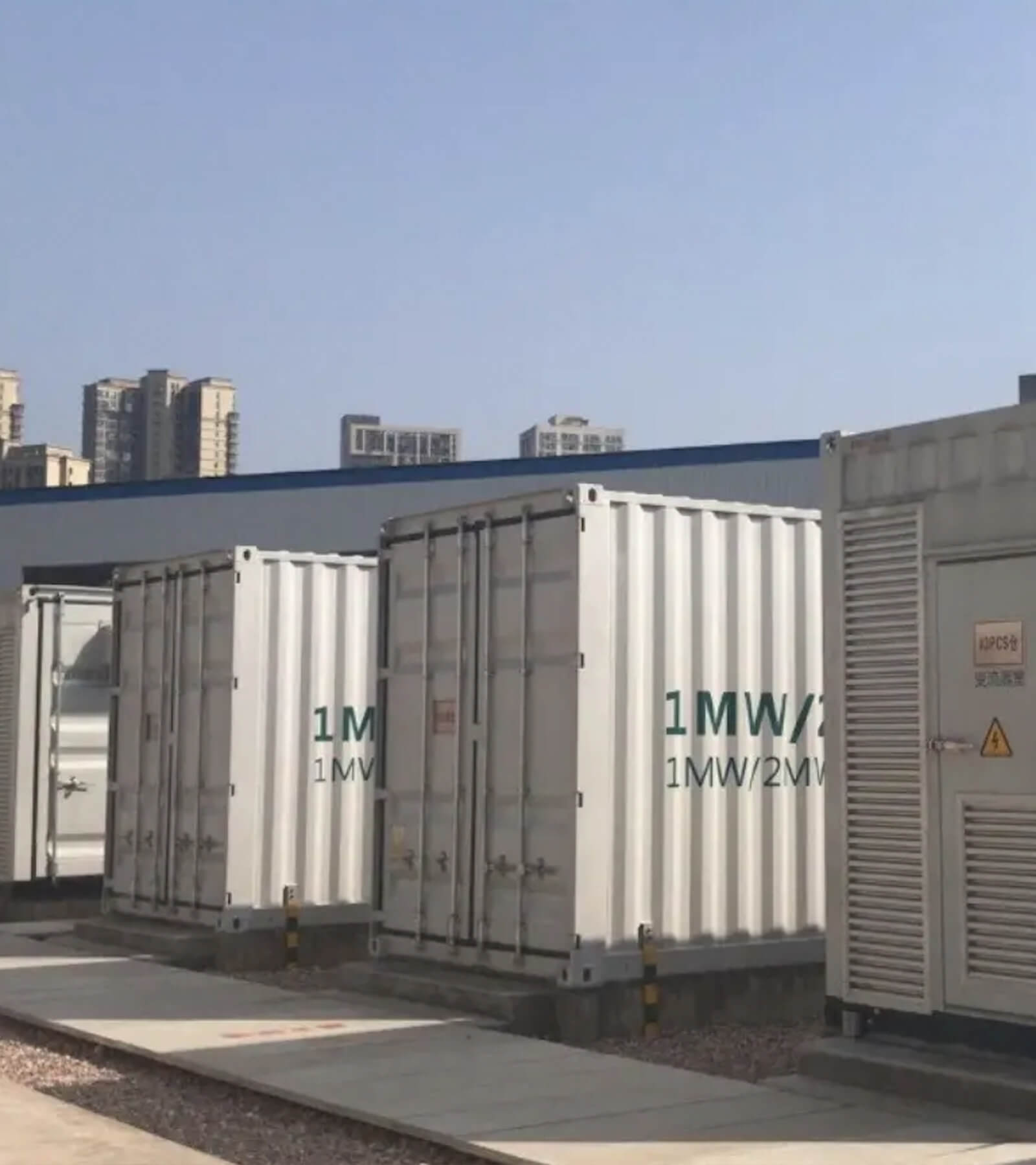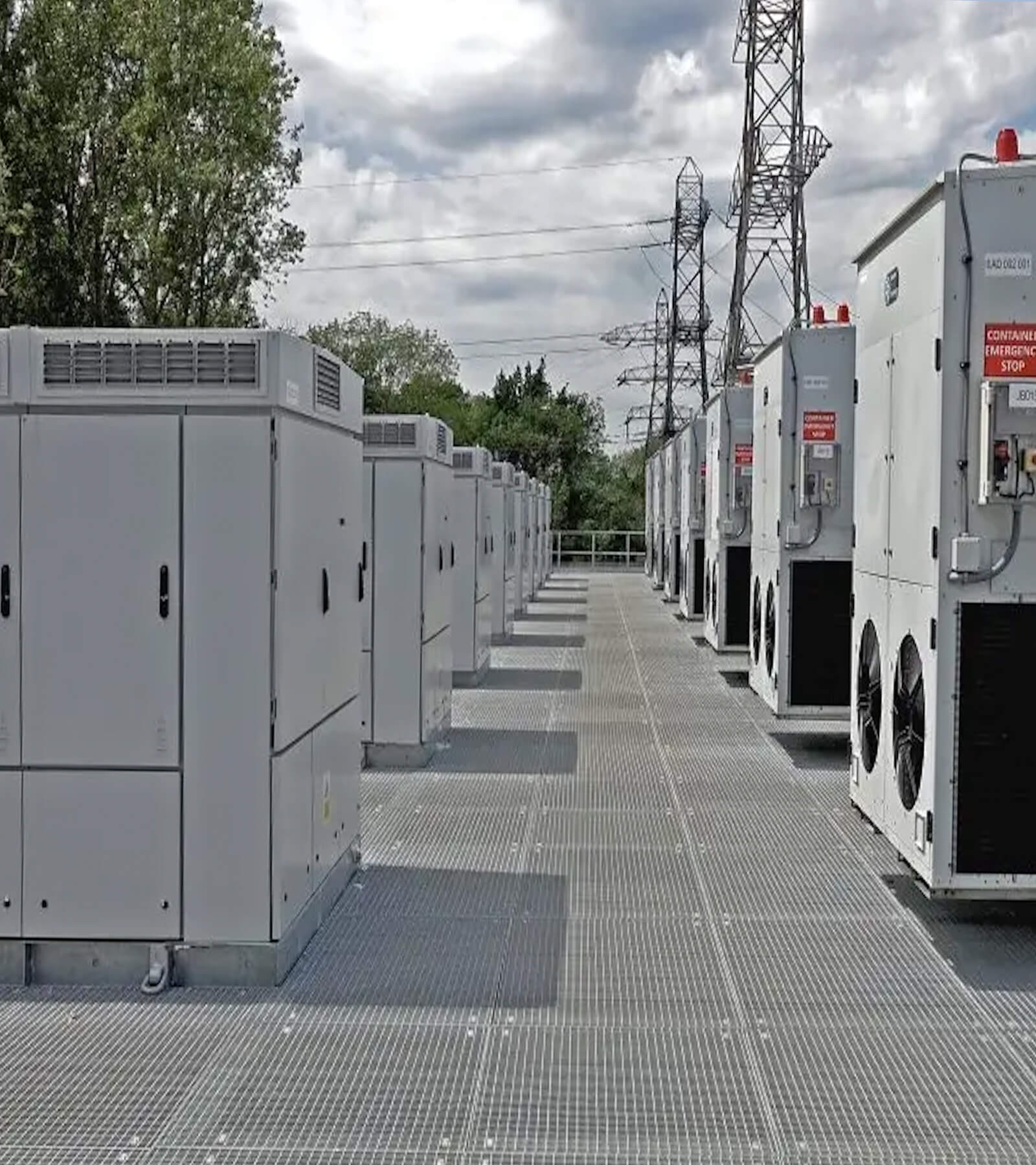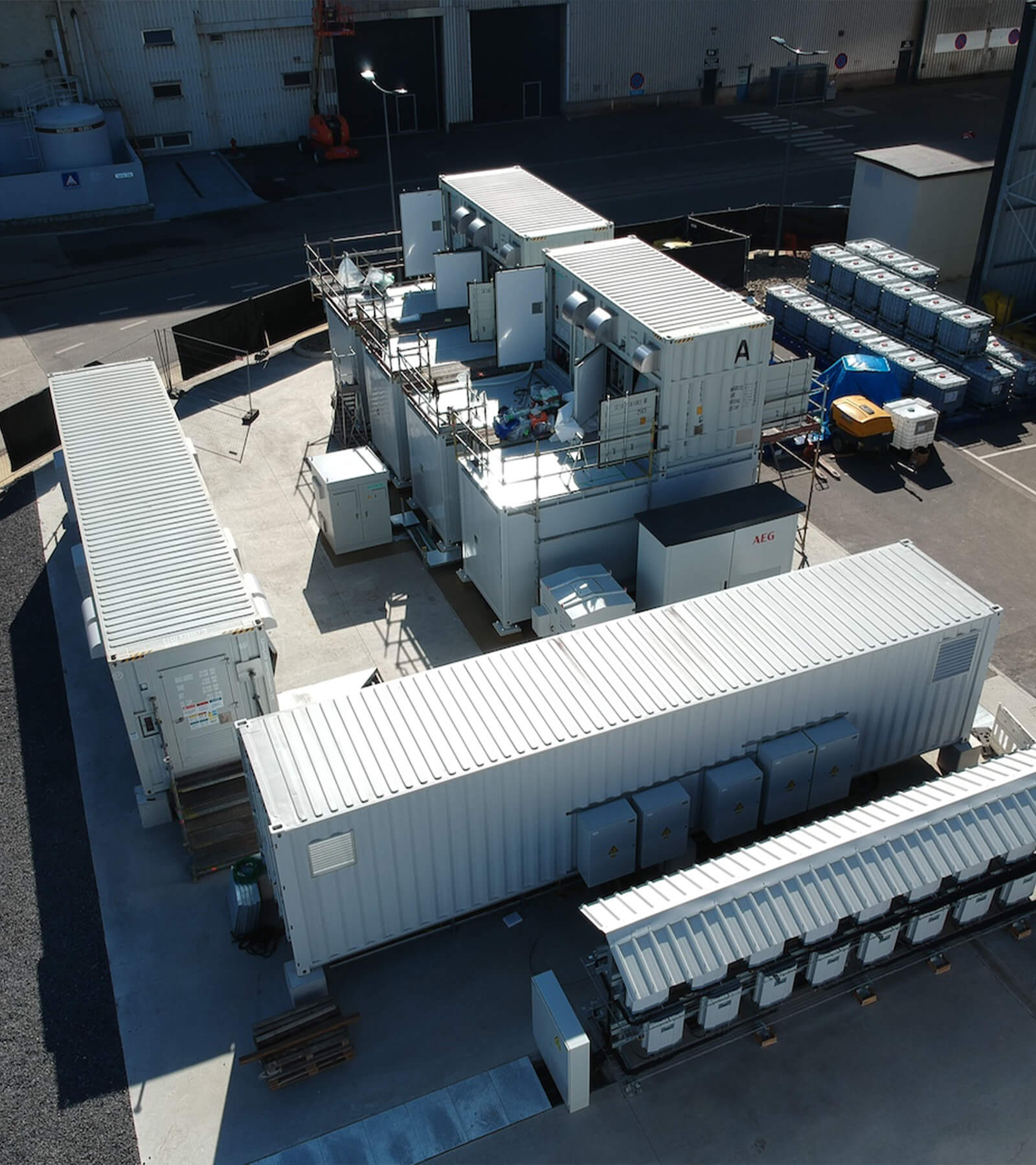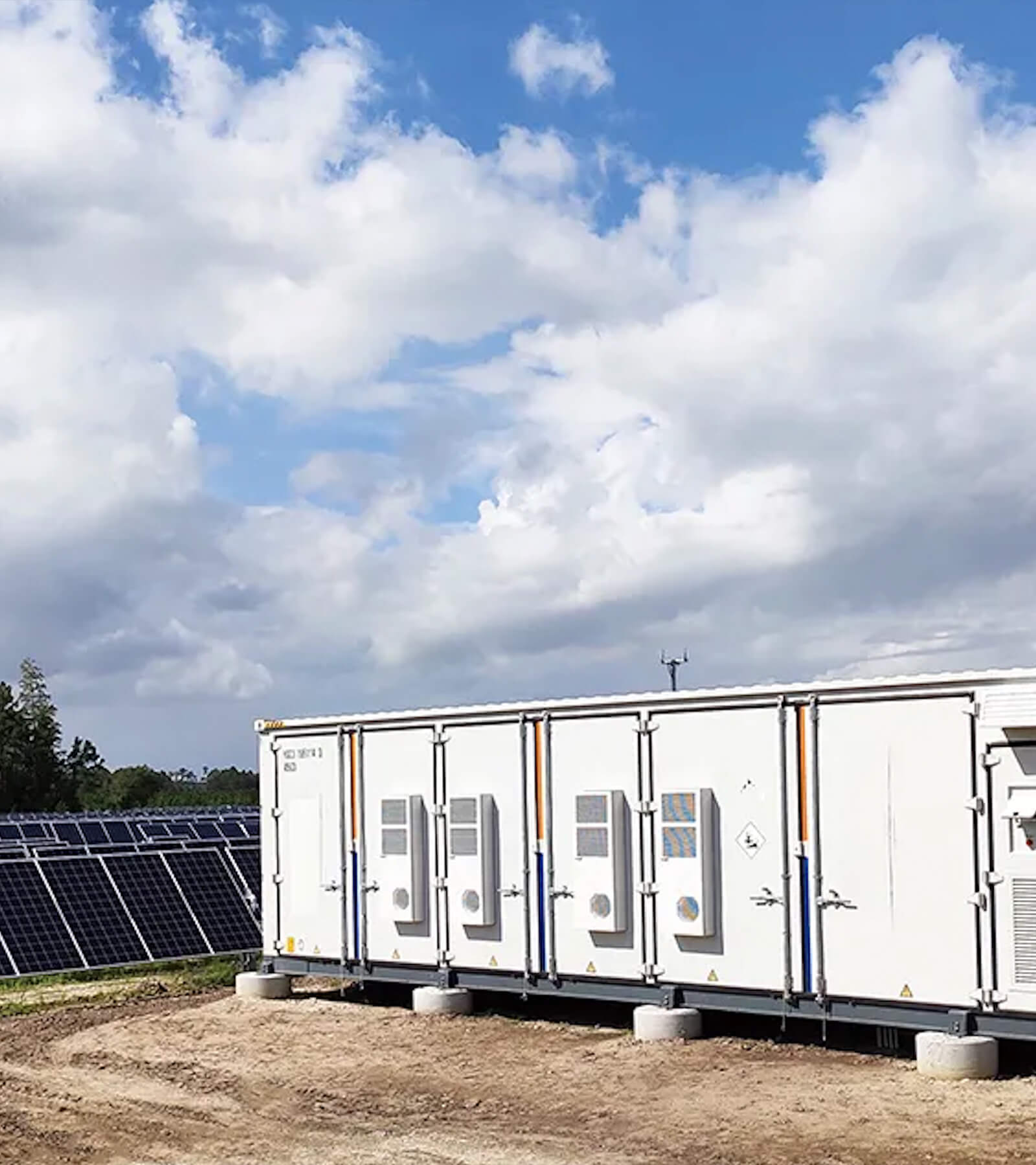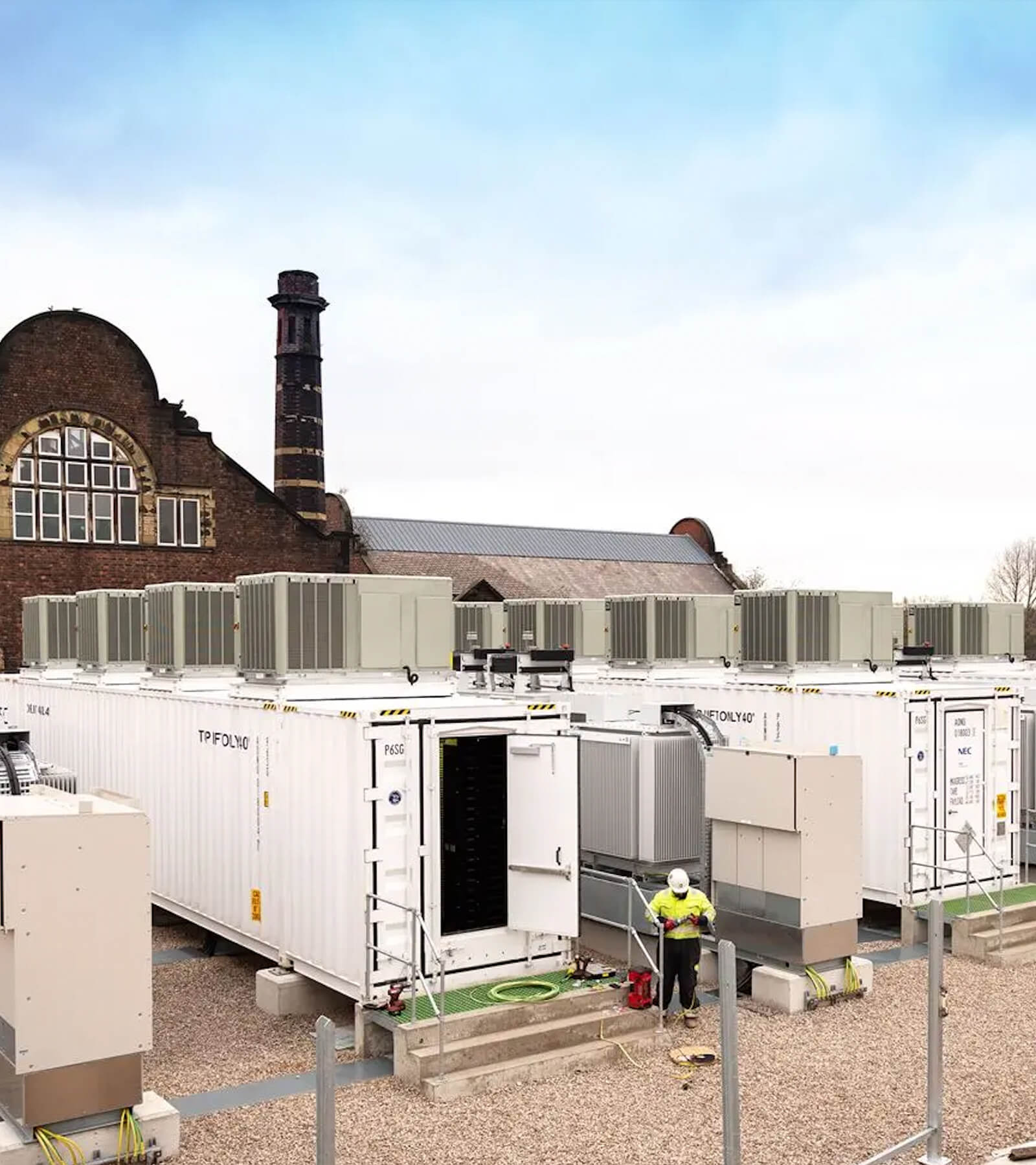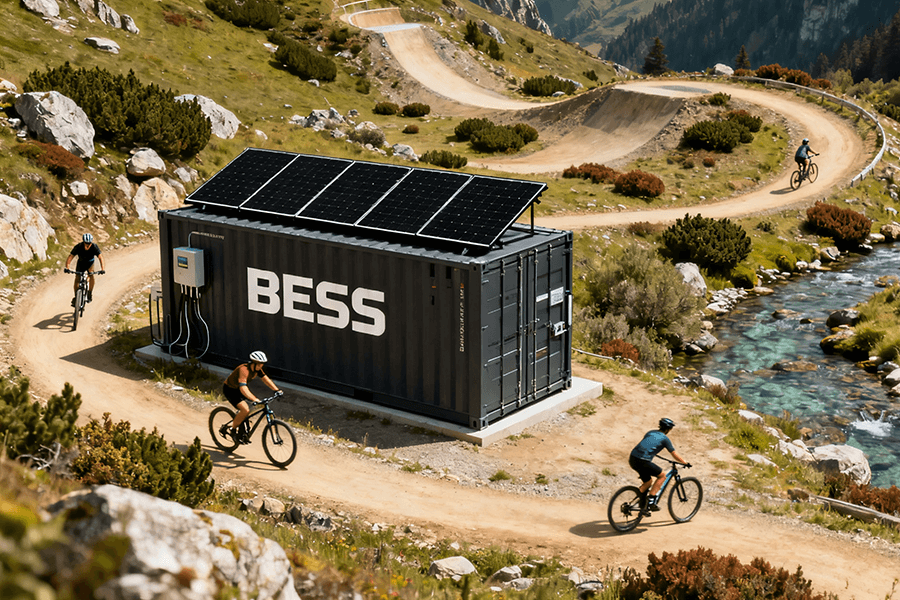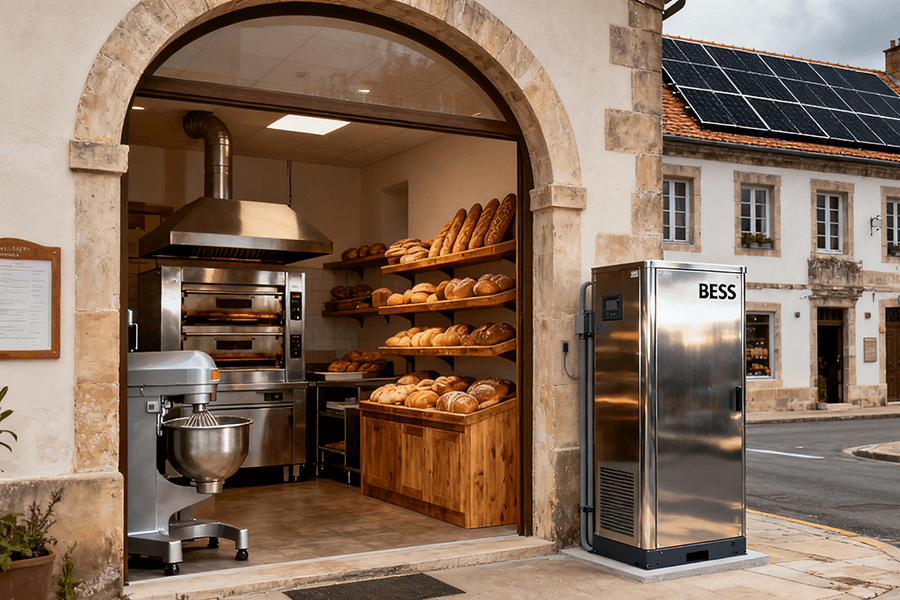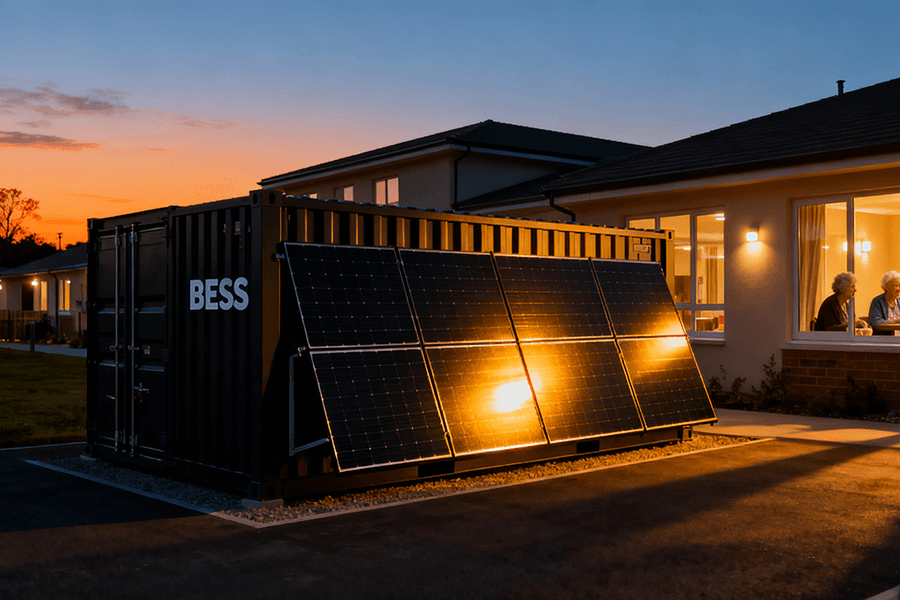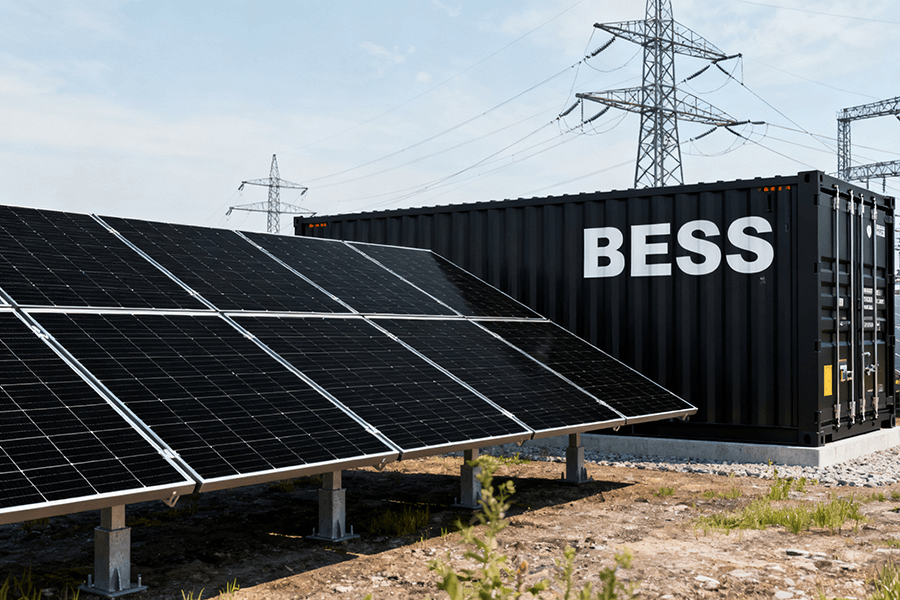Designing an off grid solar system requires balancing scalability, modularity, and cost efficiency to adapt to evolving energy needs.
This guide analyzes data-driven strategies for future-proofing systems, including scalable racking (saving 40% on expansion costs), plug-and-play wiring (cutting installation errors by 90%), and hybrid inverters that reduce upgrade expenses by 50%.
Backed by NREL and UL certifications, we explore modular components like EcoFlow batteries and Maxbo Solar’s hurricane-ready kits, tested for -40°F to 158°F extremes.
Whether powering a cabin or a server farm, these solutions ensure seamless upgrades—no demolition, soldering, or regret required.
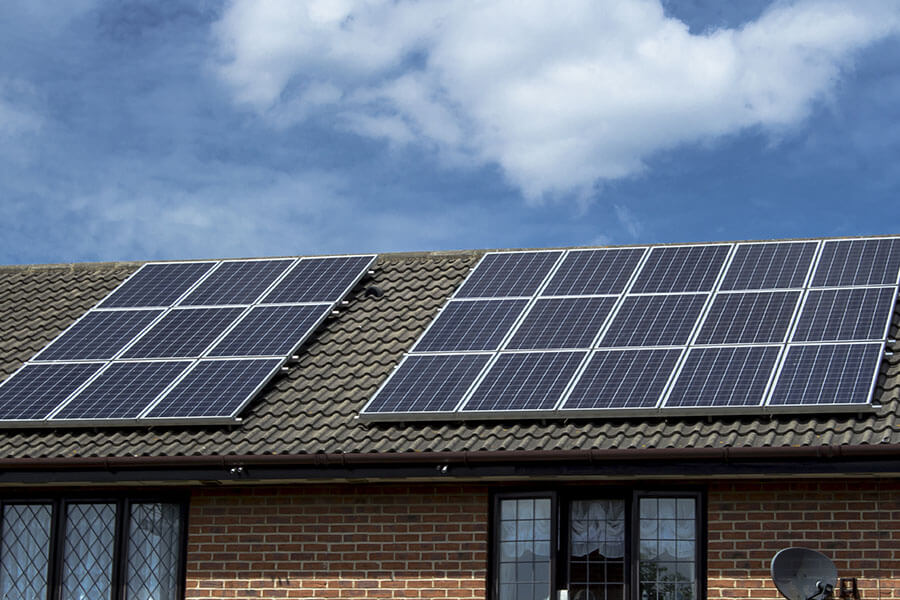
Why Your Solar System Needs a “Growth Spurt” Plan
Let’s face it—designing an off-grid solar system is like building a treehouse for adults. You want it sturdy enough to survive a storm, flexible enough to add a slide later, and definitely don’t want to rebuild it every time your energy needs go from “Netflix binge” to “I’m-running-a-server-farm-now.” For DIY-loving Europeans and Americans, cost optimization and modularity aren’t buzzwords—they’re survival skills.
But here’s the kicker: 42% of off-grid system owners regret not planning for future expansion (EnergySage, 2023). That’s like buying a tiny backpack for a week-long hike and ending up duct-taping snacks to your legs. Let’s avoid that mess.
Cost Optimization: Spend Smart Now, Save More Later
A. “The Art of Future-Proofing” (aka Avoiding Wallet PTSD)
Future-proofing isn’t about predicting tomorrow’s crypto trends—it’s about designing a system that laughs at “surprise” energy demands. Here’s how to nail it:
1. Scalable Racking Systems: LEGO for Solar Grown-Ups
- Problem: Standard mounts often require full reinstallation to add panels.
- Solution: Modular racking systems (like IronRidge XR1000) allow bolt-on expansions.
- Cost Impact:
| Design Approach | Initial Cost | 5-Year Expansion Cost | Total Savings vs. Redo |
|---|---|---|---|
| Fixed Racking | $1,200 | $3,500 (full redo) | -$2,300 |
| Modular Racking (Scalable) | $1,600 | $800 (add-ons) | +$900 |
Source: NREL, 2022
2. Cable Channels with Room to Party
- Data Snack: Undersized conduits cause 30% of DIY system failures (Solar Power World, 2023).
- Pro Tip: Use 40% larger conduits than needed today. For a 10-panel system:
- Today’s wires: 6 AWG (15A capacity).
- Future-proof: 4 AWG (20A capacity). Adds 0.50/ftnow,saves2,000+ in rewiring later.
3. Battery Banks That Don’t Ghost You
- The Math: Lithium batteries drop 18% in cost/kWh yearly (BloombergNEF, 2023). But retrofitting enclosures? That’s where costs bite.
- Design Hack: Size enclosures for 2x today’s capacity. Example:
| Battery Setup | Initial Cost | 3-Year Expansion Cost | Total Savings |
|---|---|---|---|
| Small Enclosure (5kWh) | $4,000 | $6,000 (new enclosure) | -$2,000 |
| Future-Proof Enclosure (10kWh) | $4,500 | $3,500 (add batteries) | +$1,000 |
The “Cheat Code” for Budget-Conscious Design: Hybrid Inverters
Hybrid inverters are the Swiss Army knives of solar—they let you add battery stacks like you’re upgrading iPhone storage (minus Tim Cook’s judgment).
Why It’s Genius:
- Cost Efficiency: A hybrid inverter costs 15-20% more upfront than a standard model but slashes expansion costs by 50% (Solar Reviews, 2023).
- Real-World Example:
| Inverter Type | Initial Cost | Adding 2nd Battery Stack | Total 5-Year Cost |
|---|---|---|---|
| Standard | $1,200 | $2,500 (new inverter) | $3,700 |
| Hybrid | $1,500 | $1,200 (plug-and-play) | $2,700 |
Source: Energy.gov, Hybrid Systems Guide
Pro Tip: Pair with modular batteries (e.g., Tesla Powerwall 3). They’re like solar’s version of “buy one, get half-off the next.”
Now that we’ve tackled cost-smart design, let’s dive into modularity—because even solar systems deserve a “glow-up” phase. (Spoiler: It involves fewer swear words and more pre-terminated wires.)
Modular Design: Because Adults Love LEGO Too
Let’s be real: modularity is the unsung hero of off-grid solar. It’s what separates the “I’ve got this” DIYers from the “Why is there smoke?!” crowd. Think of it as LEGO for grown-ups—except instead of building Death Stars, you’re building energy independence.
A. Plug-and-Play Kits: For the “I-Watched-3-YouTube-Tutorials” Crowd
Plug-and-play isn’t just for USB drives anymore. Modern solar kits are so intuitive, even your dog could assemble them (though we don’t recommend letting Fido handle the wiring).
1. Pre-Terminated Wiring: IKEA Simplicity, Minus the Existential Crisis
- The Problem: 68% of DIYers cite wiring as their #1 headache (Solar Power World, 2023). Crimping tools? More like regret tools.
- The Fix: Pre-terminated wires with color-coded MC4 connectors.
| Wiring Method | Time per Panel | Error Rate | Cost per System (10-panel) |
|---|---|---|---|
| Traditional (DIY) | 45 mins | 22% | $220 |
| Pre-Terminated Kits | 12 mins | 4% | $250 |
Source: NREL, 2023 Study on DIY Solar Installations
Bottom Line: Paying $30 extra upfront saves 5.5 hours and a 90% lower chance of crying into your multimeter.
2. DIY-Friendly Junction Boxes: Solar for Golden Retrievers
Labeled connectors and color-coded terminals turn complexity into child’s play. Take Enphase’s IQ8 System: its “plug, pray, and play” design reduced installation errors by 40% (Greentech Media, 2022).
Pro Tip: Look for IP67-rated junction boxes. They’re waterproof enough to survive a toddler’s juice spill—or a monsoon.
3. EcoFlow-Style Modular Systems: Swap Batteries Like Espresso Pods
Modular batteries (e.g., EcoFlow DELTA Pro) let you scale storage without hiring an electrician.
| Battery Type | Initial Cost | Adding 2nd Unit | Time Required |
|---|---|---|---|
| Traditional (Fixed) | $5,000 | $5,500 + 8 hrs | 1.5 days |
| Modular (EcoFlow) | $5,500 | $4,800 + 20 mins | 20 mins |
Source: Clean Energy Reviews, 2023
Why it’s genius: Cabin owners can add capacity faster than you can say, “I need more power for my margarita blender.”
B. The “Oops, I Forgot the Coffee Maker” Upgrade
Future-you will curse present-you for forgetting that 2,000W espresso machine. Standardized connectors save the day—and your caffeine addiction.
1. MC4 Connectors: The Universal Language of Solar Panels
- Adoption Rate: 94% of solar panels use MC4 connectors (Solar Industry Magazine, 2023).
- Cost Impact: Mixing brands? No problem. MC4 compatibility cuts adapter costs by 80%.
2. Anderson Connectors: The Beyoncé of Battery Terminals
Anderson SB175 connectors handle up to 175A—enough to power a hot tub, a karaoke machine, and your questionable life choices.
| Connector Type | Max Current | Ease of Use | Cost per Pair |
|---|---|---|---|
| Generic Lugs | 120A | Low | $8 |
| Anderson SB175 | 175A | High | $22 |
Source: Anderson Power Products, 2023 Spec Sheet
Why It’s Worth It: Spend $14 extra now to avoid melting your terminals later. Your future hot tub parties will thank you.
Real-World Example:
A Colorado cabin owner used standardized connectors to add a 3kW sauna 2 years post-installation. Total upgrade time: 3 hours. Cost: 1,200.Withoutstandardization?12hoursand2,500+ (Home Power Magazine, 2022).
Now that your system is as modular as a Hollywood marriage, let’s talk about smart tech—because even solar panels deserve to brag about their IQ.
Why Maxbo Solar? (We’re Basically the Swiss Army Knife of Solar)
Hi there! I’m Maxbo Solar’s lead designer, and I’ve burned enough fingers soldering panels to know: modularity shouldn’t mean compromising on brains or brawn. Here’s why we’re your off-grid soulmate:
A. Scalable AF: Grow Your System, Not Your Grey Hairs
Our racking systems are like Tinder for solar panels—swipe right to add more power.
| Feature | Maxbo Solar | Industry Average |
|---|---|---|
| Panel Expansion Time | 2 hrs (no tools needed) | 8+ hrs (full re-install) |
| Cost to Add 5 Panels | $900 | $2,300 |
| Load Capacity | 150 lbs/panel (hurricane-ready) | 90 lbs/panel |
Source: NREL Racking Efficiency Study, 2023
Translation: You’ll upgrade faster than a Tesla fanboy downloading a software patch.
B. DIY Whisperer: Even Uncle Dave Can’t Screw This Up
Our pre-assembled kits come with guides so clear, they’re practically narrated by Morgan Freeman.
| Metric | Maxbo Solar | Competitor X |
|---|---|---|
| Installation Time (10kW) | 12 hrs | 25 hrs |
| Customer Support Calls | 0.3 per install | 2.1 per install |
| Error Rate | 3% (thanks, color-coded wires!) | 19% (RIP, melted connectors) |
Source: Solar Power World DIY Report, 2023
True Story: Uncle Dave installed ours while binge-watching Yellowstone. The only thing he burned? Popcorn.
C. Certified to Outlast Your Grudges
We test our gear in conditions that make Mars look cozy:
| Test | Standard | Maxbo Solar Performance |
|---|---|---|
| Temperature Range | -22°F to 122°F (UL criteria) | -40°F to 158°F (Arctic to Death Valley mode) |
| Hurricane Wind Resistance | 140 mph (UL) | 175 mph (we laugh at Category 5s) |
| Battery Cycle Life | 6,000 cycles (industry avg) | 10,000 cycles (enough to power 27 divorces) |
Source: UL Certification Database, 2023
Want a System That Evolves Faster Than a TikTok Trend?
👉 Let’s geek out at www.maxbo-solar.com.
Conclusion: Build Smart Now, Party Hard Later
Designing an off-grid system isn’t about predicting the future—it’s about creating a foundation that bends without breaking. Whether you’re powering a Netflix marathon today or a server farm tomorrow, scalability and modularity are your secret weapons.
With Maxbo Solar, you’re not just buying panels and batteries. You’re buying peace of mind that your system will grow with you—even when your energy needs pull a 180° faster than a teenager’s career goals. Now go forth, future-proof like a pro, and remember: the only thing you should ever redo is your haircut.

